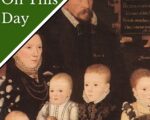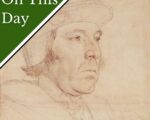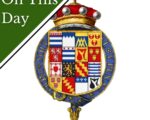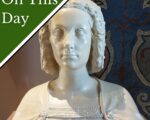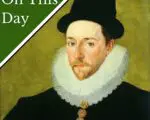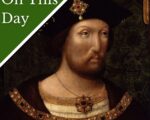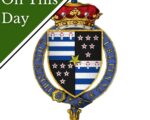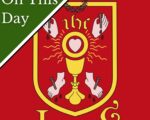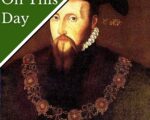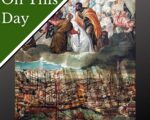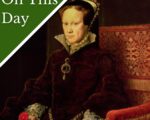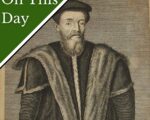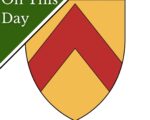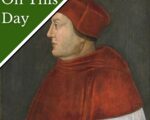
On this day in Tudor history, 18th October 1529, in the reign of King Henry VIII, Cardinal Thomas Wolsey surrendered the Great Seal of his office of Lord Chancellor following the writ of praemunire being filed against him on the 9th October.
Cardinal Wolsey had been the king’s chief advisor for many years, but he had fallen in favour after the Legatine Court of summer 1529, over which Wolsey and Cardinal Campeggio presided, had adjourned without ruling on the king’s case for an annulment of his marriage to Catherine of Aragon. Then, the pope had approved Catherine’s appeal. Historian Eric Ives, in his book “The Life and Death of Anne Boleyn”, also points out that Wolsey “lost Henry’s confidence from late August onwards by miscalculating the king’s mood and by mishandling the Treaty of Cambrai, in which Francis I totally deceived him and caused him, in turn, to mislead his master.”
[Read More...]
